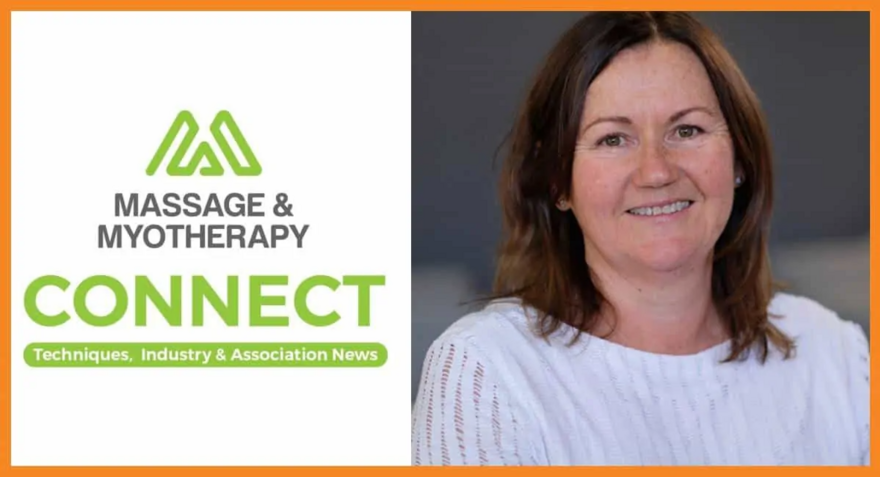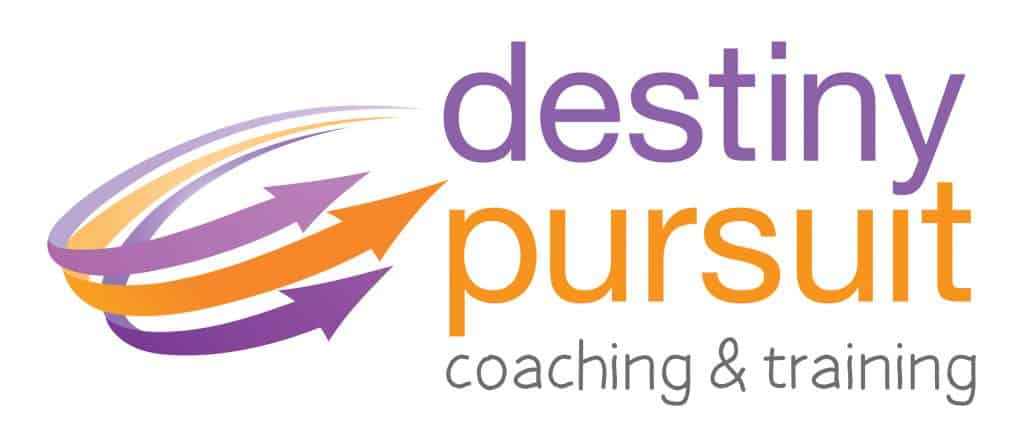NLP in Massage and Myotherapy

“There are some things that we can’t change, but if we really look at how we can improve one’s quality life regardless of the limitations they have and if we have strategies that can give them a better quality of life, to me, that is a worthwhile venture and that is what NLP does.”
Back in the days when I was working at the Transport Accident Commission with families and children who had been severely injured, I noticed that a lot of times the discussions and conversations that went on with the therapists and medical practitioners were all about how the child was injured, and similarly, the parents were focused on that too. It was almost like the body was seen as a machine that had been broken to bits and what couldn’t be done.
It was then that I became fascinated by the different types of therapies that worked very successfully in the recovery and maximising the functions of those children. One of the things I noticed was that people who were using NLP were getting much better results than people who weren’t. They were very focused on how they could build the skills and capabilities of those children given the limitations of the physical injuries they have.
I realised that although there some things we just can’t change, if we really look at how we can improve one’s quality of life and if we have strategies that can give them a better quality life, then that to me is a worthwhile venture, and that is what NLP does.
In this episode of Massage & Myotherapy Connect, I talked about my journey into NLP, how it relates to our work today and some of the techniques that NLP uses that are applicable to both our business and personal lives and how you might use NLP in Massage and Myotherapy.
Here are some takeaways from the interview.
- NLP (Neuro Linguistic Programming) is a discipline that revolves around linguistics, psychology, social work, and little around family therapy and hypnotherapy.
- The models on which NLP was built were derived from the works of Milton Erickson, also known as the Father of Hypnotism, Fritz Perls, an amazing psychotherapist, and Virginia Satir, a family therapist.
- NLP is a successful way to model people who are leaders in their fields. It teaches how to deconstruct their strategies so that we can learn their strategies and teach them to other people and replicate their results.
- Visualisation is an NLP technique that allows you to think about and imagine how you would like your future to be, by redefining your experiences in the past.
- Clients come to therapists for a reason, which is to relieve their pain. It is important for therapists to acknowledge their client’s real experience of the pain and the limitations they have, and to put that into a past context.
- Letting your clients visualise how they want their future to be is a very powerful strategy. If you can do that up front, then, you are giving your client the gift of a new possibility.
- Doing bodywork is an intimate experience. Be mindful of making sure that you have a very deep rapport with your clients.
- One of the things you can do to establish a deep rapport with your clients is to pay attention to their physiology. You want to match or mirror their physiology.
- Listen to your clients. Most people are not used to actually being heard. To have someone who really hears not just what they are saying but also what they are not saying is a gift. Let your clients know that you are really hearing them.
- Submodality is an NLP technique that can be used to describe the pain - how it looks like, where it’s located in the body, and if it is moving. You can change those submodalities and help your clients realise that they have more power than the pain itself. Once you create those possibilities for them, you can begin to create other possibilities for them to consider and perhaps embrace at some point on their journey with you.
- Part of making sure that you have a brilliant career as a therapist is ensuring that you are looking after yourself. Make sure that you are aware of your own limiting beliefs. Beliefs such as “it’s hard work” could mean that you are wearing yourself out.
- Sustainability is a value that you want to install in your business.
- Stepping back from the hands-on work and expanding your business as a therapist, and having other people do the work is an option, but you have to do some internal work to make that happen. You have to make sure that you have a good coach or someone who can help you with your business strategy so that you can then build your business in a sustainable way as you expand and take on board other people.
Watch the video
Joanne Clark
Joanne Clark is an Internationally accredited Master Trainer of NLP who has been delivering NLP training since 2011. Being on her feet in front of training rooms is where Jo loves to be and her passion for inclusive and immersive training that delivers outstanding learning outcomes is apparent to everyone in her training rooms. On average Jo delivers 140 days of training per year in addition to online webinars, guest speaker events and group coaching.
“NLP is at the core of all my training and coaching, it is at the core of who I am, how I interact and connect with people. I am absolutely passionate about spreading the NLP tools across the planet as I endeavour to support Robert Dilts’s vision of Creating a world to which people want to belong.” Joanne Clark
Certified Master Trainer of NLP; Master Practitioner NLP, Hypnotherapy & Matrix Therapies; Performance Coach; Cert IV Coaching; Advanced Practitioner in Coaching; Cert IV in Business; BA(Hons); Majors in Sociology and Psychology; Parent Education Leadership Training (PELT) Certificate; Mother of four children; Private Pilot (PPL); Diploma in Life Coaching


0 comments
Leave a comment
Please log in or register to post a comment